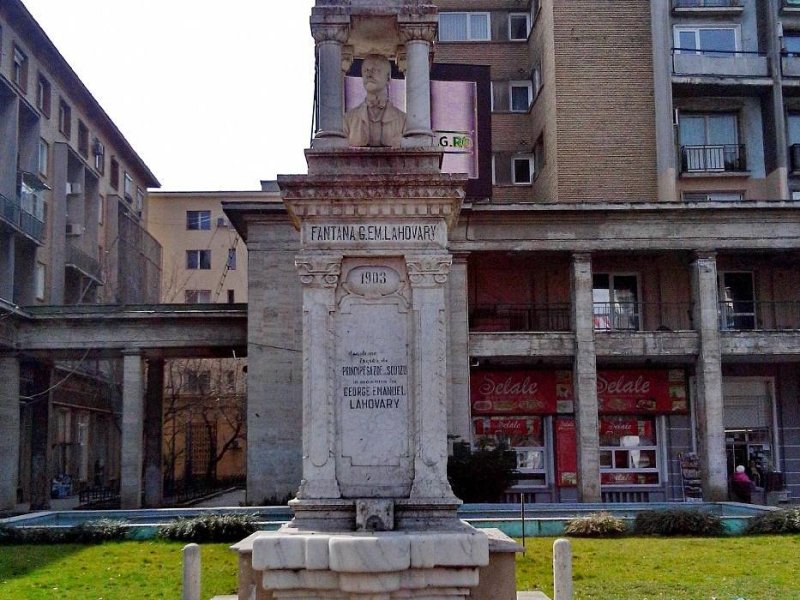The Lahovari Fountain was built in the mid-19th century and was a vital water supply point for Bucharest’s residents. Known for its elegant design, it was made of limestone. The fountain blends Western and traditional architectural elements, symbolizing the modernization of Bucharest during the period it was constructed.
The fountain has a circular shape and a large basin, and over the years, it has served as a place of shelter for travelers and a social gathering point for the city’s inhabitants.
History
The Lahovari Fountain was inaugurated in 1847 as part of a modernization project for the city's infrastructure. It was named after Lahovari, a prominent political figure from that time who played a key role in the development of Bucharest.
Over the decades, the fountain has been restored and maintained, retaining its significance as a reference point in the city. Today, Lahovari Fountain remains a symbol of both tradition and urban modernization.
What You Can Do Here
Lahovari Fountain is a perfect spot to take a short break while walking through the center of Bucharest. There are numerous cafes and restaurants around the fountain, so you can relax and enjoy the vibrant atmosphere of the city.
Additionally, it is a place where you can learn more about the city's history and the development of Bucharest’s infrastructure.
Visiting Hours
Lahovari Fountain is open to the public for free and is accessible at any time of day. As it is located in a central area, it is recommended to visit during daylight hours to fully appreciate the architectural details of the fountain.
How to Get There
To reach Lahovari Fountain, you can use public transport. The nearest metro station is Universitate (M2 and M3 lines), and from there, the fountain is just a few minutes' walk away. The area is also well-connected by buses and trams that stop nearby.
